Economical Bail Bonds Canton Ohio: Secure Freedom Rapid
Economical Bail Bonds Canton Ohio: Secure Freedom Rapid
Blog Article
Recognizing Just How a Bail Bond Works and Its Influence on the Legal Refine
The concept of a bail bond functions as a critical device within the lawful process, allowing accuseds a path to protect their release while awaiting trial. By comprehending the complexities of this procedure, consisting of the roles of bondsman and the monetary implications, one can appreciate exactly how access to bail considerably influences lawful results. However, disparities in bail cost raise pressing questions regarding systemic inequalities and their wider societal impact. What repercussions emerge when the capability to pay determines one's freedom? Checking out these measurements introduces a complicated interplay deserving of more exam.
What Is a Bail Bond?
A bail bond is a legitimately binding contract that works as an economic warranty for the release of a charged individual from prison while they await test. This device enables offenders to protect their short-term liberty by providing a financial assurance to the court that they will appear for all scheduled hearings - craven bail bonds canton ohio. The bond quantity is commonly set by a judge based on factors such as the extent of the infraction, the offender's criminal background, and the threat of trip
bail bonds can be posted by the offender or with a Bail bondsman, that bills a non-refundable cost, normally a percentage of the total bail quantity, in exchange for presuming the financial threat. If the defendant fails to show up in court, the bail bond ends up being waived, and the court may issue a warrant for the individual's apprehension. In such cases, the bondsman is often charged with locating and nailing the accused to minimize their financial loss.
Basically, bail bonds serve a vital duty in the judicial system by stabilizing the assumption of innocence with the demand to make sure court appearances, thus helping with the accused's right to plan for their case outside of imprisonment.

The bail Process Discussed
Navigating the bail procedure can usually really feel frustrating for those strange with the legal system. The bail procedure typically starts after an individual is jailed and scheduled. At this moment, a court will certainly identify the bail quantity, which is meant to ensure the offender's appearance at future court dates. Aspects influencing this decision include the nature of the alleged criminal activity, the offender's criminal background, and their ties to the neighborhood.
Once the bail quantity is set, the defendant or their representative can select to pay the total in money, prepare for a bail bond, or request a Bail hearing for a potential reduction. If a bail bond is selected, a qualified bondsman generally bills a non-refundable charge, generally around 10% of the complete bail amount, for assuring the court that the accused will show up for all required proceedings.
Upon repayment, the bail bondsman will post the bail with the court, protecting the accused's launch. It is crucial for the defendant to stick to all court days; falling short to do so can result in the forfeiture of the bail and additional lawful consequences.
Kinds Of bail Bonds
bail bonds come in various types, each developed to meet different needs and scenarios within the legal framework. The most usual type is the surety bond, where a bondsman supplies the full bail quantity for a charge, typically 10-15% of the total bail. This setup permits offenders to safeguard their release without needing to pay the whole bail upfront.
One more kind is the cash money original site bond, which requires the accused or a 3rd party to pay the full bail quantity in money. This option is often preferred for its simplicity, as the cash is returned upon the defendant's court appearance, minus any kind of management fees.
Property bonds include making use of actual estate as security for bail. The residential or commercial property must be valued at or over the bail amount, and if the accused stops working to show up in court, the court may seize the property.
Finally, there are government bonds, designed specifically for federal cases, which commonly carry various terms and conditions. Recognizing these numerous kinds of bail bonds is critical for offenders and their families as they navigate the intricacies of the lawful system. Each kind serves a distinctive objective, making certain a variety of options for protecting release from protection.

Function of bail Bonds in Lawful Results
Commonly overlooked, the function of bail bonds substantially affects legal outcomes for defendants. bail acts as a mechanism to ensure that people waiting for test can stay cost-free from incarceration, thus enabling them to participate much more efficiently in their protection. The accessibility of bail bonds enables defendants who might not have the financial means to post bail directly to secure their release, which can bring about more desirable legal outcomes.
When accuseds are out on bail, they have the opportunity to gather evidence, talk to legal counsel, and prepare their case without the stress of prison arrest. This increased access to resources and support can lead to boosted chances of negotiating plea offers or getting a more lax sentence. In addition, the capacity to maintain work and family members links while look these up waiting for trial can contribute to a more favorable understanding in court.
:max_bytes(150000):strip_icc()/bail-bond.asp_final-a917e77f41454665b139f84f89be9129.png)
Implications for Defendants and Culture
The ramifications of the bail bond system prolong past individual defendants, affecting society overall. For lots of defendants, specifically those from lower socioeconomic histories, the inability to manage bail can cause prolonged pretrial detention. This scenario often causes work loss, interrupted family members dynamics, and raised probability of begging guilty to minimal charges to protect release, regardless of real shame.
Additionally, the societal consequences are significant (craven bail bonds canton ohio). A high reliance on bail bonds can perpetuate inequalities in the justice system, as wealthier individuals can secure their flexibility more easily while poorer accuseds continue to be incarcerated. This disparity increases honest concerns concerning the fairness of the legal procedure and the broader effects for public depend on in the justice system
Furthermore, pretrial apprehension can intensify criminal behavior, adding to greater recidivism prices and boosted pressure on neighborhood resources. The bail bond system, as a result, not only impacts the prompt circumstances of defendants but also has significant results on social stability and public safety. Attending to these ramifications is vital for producing a much more fair lawful framework that safeguards both individual civil liberties and the wider interests of society.
Final Thought
To conclude, comprehending the mechanics of bail bonds is important for navigating the lawful check my reference system effectively. The ability to safeguard short-term release from incarceration through the settlement of a bond significantly influences lawful end results for accuseds, enabling better prep work of their protection. Furthermore, the effects of bail bonds extend beyond private cases, disclosing systemic inequalities that impact communities and add to wider social concerns, such as relapse and economic instability.
The concept of a bail bond offers as a critical system within the legal process, allowing defendants a path to secure their launch while waiting for test. By comprehending the intricacies of this procedure, consisting of the roles of bail bondsmen and the financial effects, one can appreciate how access to bail considerably influences legal results.bail bonds can be published by the offender or via a Bail bondsman, who bills a non-refundable fee, normally a percentage of the total bail quantity, in exchange for thinking the economic threat. The most common type is the surety bond, where a Bail bondsman supplies the full bail quantity for a cost, normally 10-15% of the total bail. The availability of bail bonds makes it possible for defendants that might not have the financial ways to upload bail directly to protect their release, which can lead to extra desirable lawful end results.
Report this page